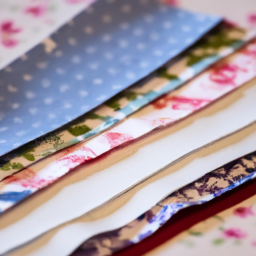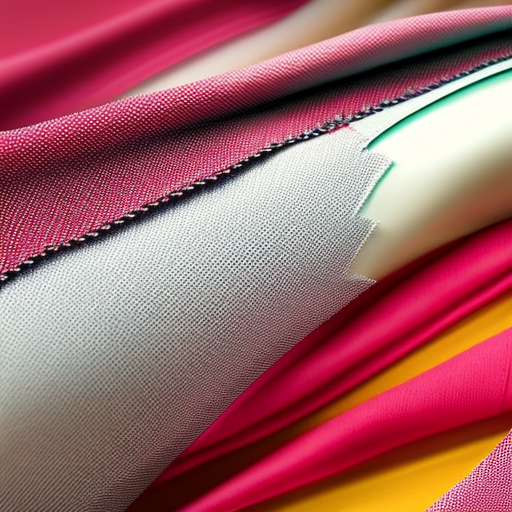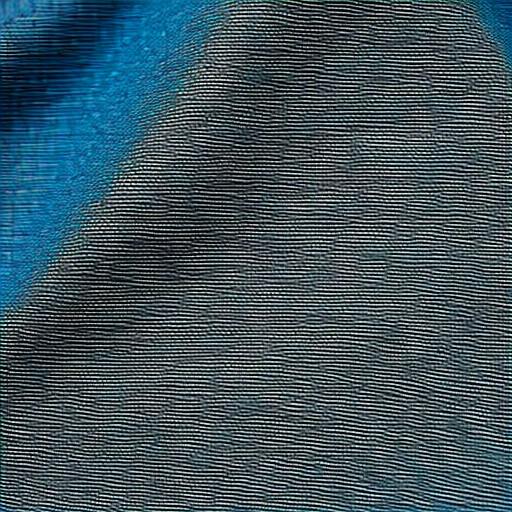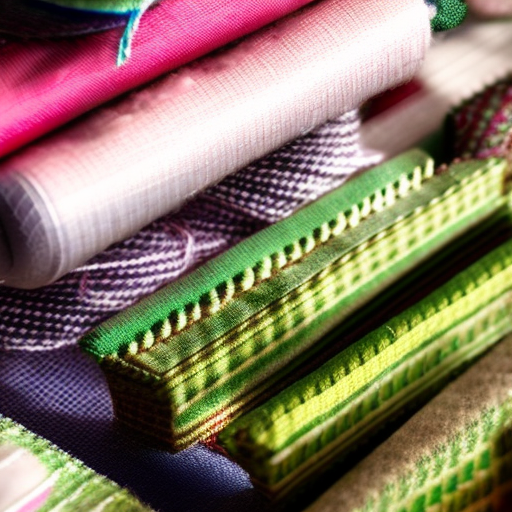
Sewing stretch fabric to non-stretch fabric can be a bit challenging, but with the right techniques and tools, it is definitely achievable. Whether you’re trying to create a stylish garment or undertaking a DIY project, here are some tips to help you successfully sew stretch fabric to non-stretch fabric.
1. Use the right stitches
When sewing stretch fabric to non-stretch fabric, it’s important to choose the appropriate stitching techniques. Avoid using straight stitches as they can cause tension and lead to fabric distortion. Instead, opt for stretch stitches like zigzag stitches, stretch straight stitches, or a twin needle. These stitches allow the fabric to stretch without breaking the stitching.
2. Use a walking foot
A walking foot is a helpful tool when working with fabrics of different stretch properties. The walking foot evenly feeds both layers of fabric through the machine, preventing the stretch fabric from stretching too much or getting stretched out of shape. This creates a more professional and seamless finish.
3. Test before you sew
Before starting your project, it’s advisable to do a test run. Cut out small scraps of both stretch and non-stretch fabric and sew them together using different stitches and tension settings. This will help you determine the right stitch length, tension, and stitch type that works best for your specific fabrics.
4. Use pins wisely
When pinning the two fabrics together, be mindful of the stretch fabric’s propensity to get distorted. Instead of inserting straight pins perpendicular to the fabric, try using clips or pins that won’t leave visible holes in the fabric, such as ballpoint pins or wonder clips. These will securely hold the fabrics in place without causing damage.
5. Consider stabilizing techniques
If you find that the stretch fabric is difficult to work with and tends to stretch out of shape, consider using stabilizing techniques. You can use lightweight fusible interfacing or stay tape along the seams or edges to provide additional support and prevent stretching. This step can be especially useful for areas like hems and waistbands.
6. Practice patience and take it slow
Sewing stretch fabric to non-stretch fabric requires patience and a steady hand. Take your time and sew slowly, especially when working around curves or tricky areas. Be mindful of the fabric’s behavior and make necessary adjustments as you progress. With practice, you’ll develop the skills needed to sew different fabrics together seamlessly.
Remember, every project is a learning experience, and don’t be discouraged if it doesn’t turn out perfectly the first time. Keep practicing, experimenting, and honing your sewing skills, and soon enough you’ll become an expert at sewing stretch fabric to non-stretch fabric!





This looks so fun!
Mary Sanchez: I’m interested in learning this, thank you for the tutorial!
This is a great tutorial to help you successfully master the art of sewing stretch fabric to non stretch items. It’s perfect for advanced sewers who are hoping to take their skills to the next level. Even if you’re just starting out, this tutorial is sure to be very helpful.
Thanks for making this tutorial! It looks super helpful and I can’t wait to try it out.
Helpful tutorial! Learning to sew stretch fabric to non stretch items can be tricky but this makes it so much easier!